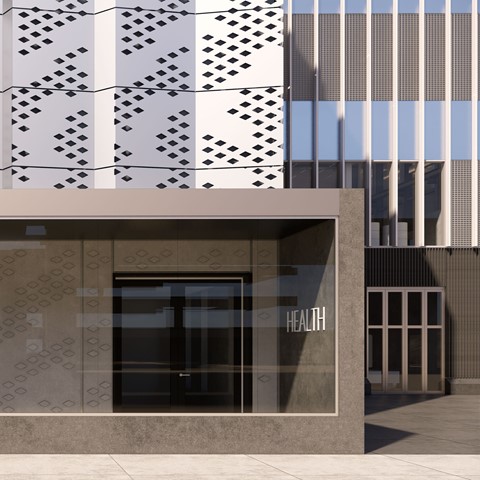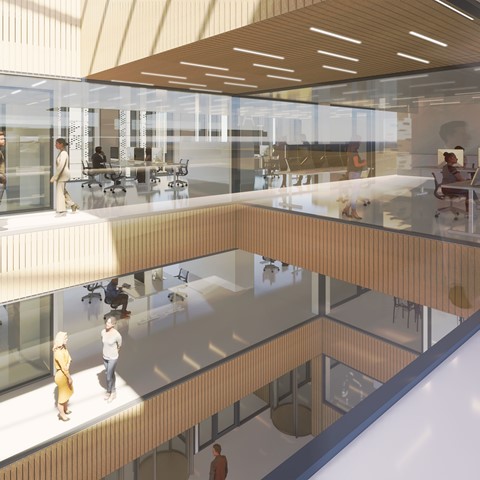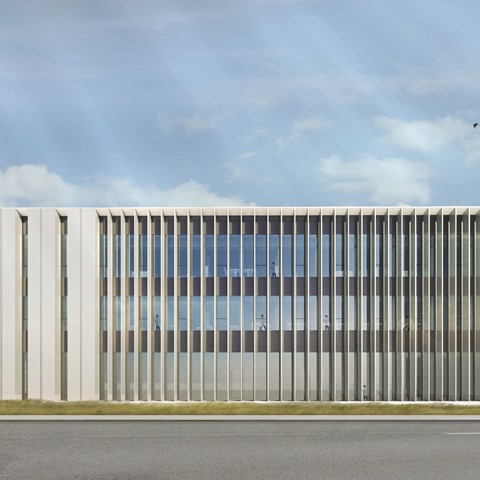Logistics
Medical radioisotopes have a short half-life, and some lose their potency within just a few hours. Therefore, medical isotopes must be transported from the reactor to a patient very quickly and efficiently. This requires close cooperation between the reactor (producer), the processing facility, and the hospital, as well as a unique infrastructure. Well-designed logistics of the buildings and their proximity makes the PALLAS Programme an exceptional and complete infrastructure for the production and processing of medical radioisotopes and their fast delivery to patients.
Reactor and logistics building


Support building
Nuclear Health Centre



